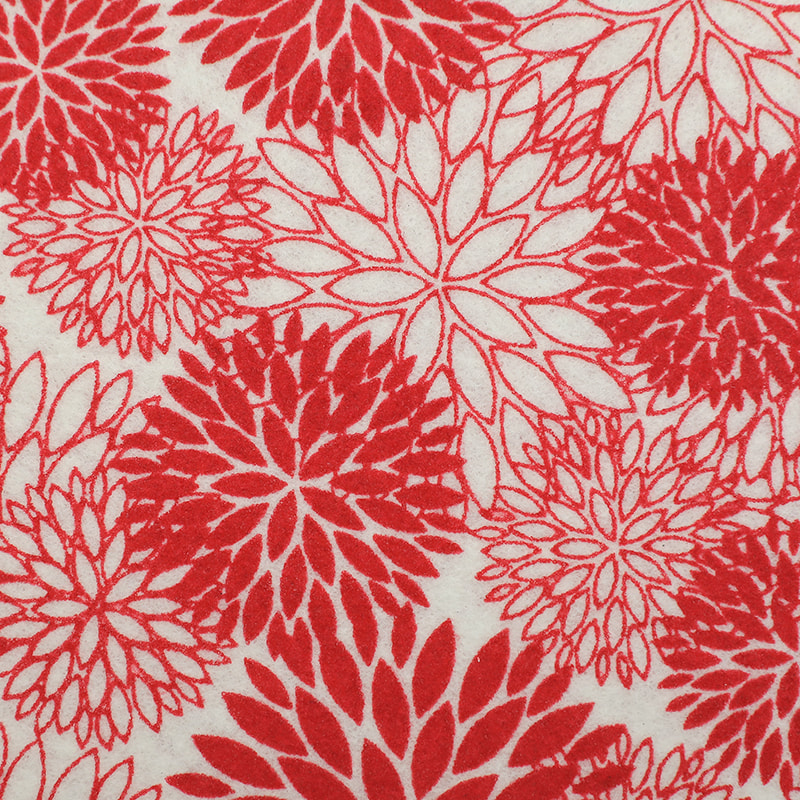Printed non woven fabric offer several advantages over traditional printed textiles, making them a popular choice for various applications. Here are some of the key advantages:
Cost-effective production: Non-woven fabrics are typically manufactured through a continuous process, which reduces production time and labor costs compared to traditional textiles. The absence of weaving or knitting processes also saves energy and materials.
Lightweight: Non-woven fabrics are generally lighter than traditional textiles, making them suitable for applications where weight is a concern, such as in packaging, medical products, and disposable garments.
Versatility: Non-woven fabrics can be engineered to have specific properties, such as strength, durability, water resistance, and breathability, making them suitable for a wide range of applications in various industries.


Enhanced printing capabilities: Non-woven fabrics often have a smoother and more consistent surface compared to traditional textiles, allowing for high-quality and precise printing results. This makes them an excellent choice for custom designs and branding.
Easy customization: Non-woven fabrics can be easily printed with various colors, patterns, and designs, enabling quick customization to meet specific customer requirements.
Faster production cycles: Due to their simple manufacturing process and easy printing capabilities, non-woven fabrics can be produced and delivered more quickly than traditional textiles, making them ideal for time-sensitive projects.
Eco-friendly options: Some non-woven fabrics are made from recycled materials, and their manufacturing process generates less waste compared to traditional textiles. As a result, they can be a more environmentally friendly choice.
Improved strength and durability: Non-woven fabrics can be engineered to have higher strength and tear resistance, making them suitable for heavy-duty applications like geotextiles, automotive interiors, and furniture upholstery.
Breathability: Depending on the specific type of non-woven fabric, they can offer better breathability compared to some traditional textiles. This makes them suitable for applications like medical garments and filtration systems.
Resistance to mold and bacteria: Non-woven fabrics can be treated with additives to improve their resistance to mold, bacteria, and other microorganisms, making them suitable for healthcare and hygiene-related applications.

 English
English Español
Español Deutsch
Deutsch عربى
عربى














